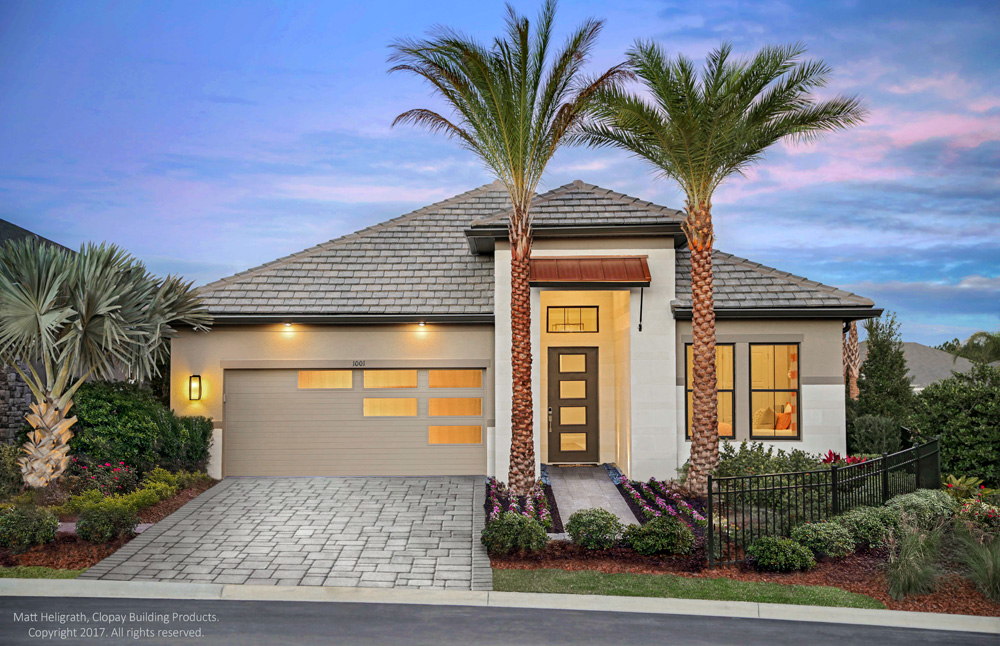I got a question last week – fresh after Hurricane Debby disrupted our daily lives. What housing styles are best suited for hurricane conditions and why?
This is a timely but complex subject. To be clear, if you follow current building codes, you are building a more hurricane-resistant structure. That said, some building forms are naturally more resistant while others take more “engineering” to make them suitable. So don’t let this talk you out of a specific style house without checking with your builder and engineer.
*Note that I said “hurricane-resistant” and not “hurricane-proof”. A house can only withstand so much and various factors can affect how your house performs during a storm.
Hurricanes have several major factors which impact our structures: Wind, storm surge, and flooding. It is possible to get one without the others, any combination of the three, and in the worst case – all three!

Wind force
This is the one that gets the most attention as we focus on the wind speed of a hurricane. The wind speed is what separates the various categories of hurricane from one to five. Hurricane Debby was a category one hurricane while Andrew (1992) was a category five.
Without getting too far into the technical details and structural engineering weeds, wind puts lateral pressure on the walls, windows, and roof – both negative and positive pressures. But building a stone roof and wall isn’t the whole story. Just as important are the connectors between the roof, windows, walls, and foundation.
Walls
The taller the walls, the more susceptible they are to wind loads. Adding thickness to the walls is one way to strength them against wind – such as an 8” concrete masonry wall (CMU) or a wood frame wall made of 2×6 held together with plywood and lateral bracing to become one strengthened wall unit. There are also many other wall systems designed to resist wind loads.
Roofs:
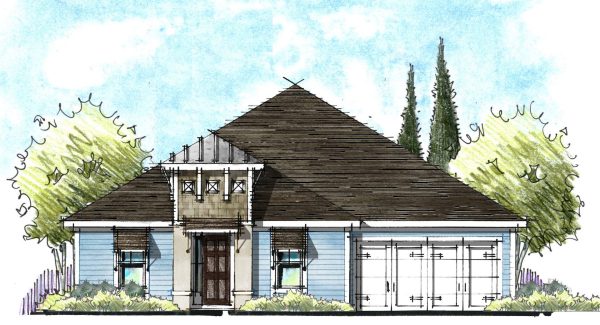
Like walls, roofs are susceptible to wind loads. The steeper the roof pitch, the higher the wind loads on the structure. At some point, wind creates a negative pressure on one side of the roof, creating uplift. The overhangs of a roof are subject to uplift, so the smaller the overhang the better for high winds. The shape of the roof also has an impact on resisting winds. A hip roof is the best for wind loads, while gable ends are the worst. Putting those two together, a lower pitched hip roof – Mediterranean, Tuscan, or some coastal style homes – are better suited for high winds vs a steeply pitched home with gables – say French Country or Victorian.
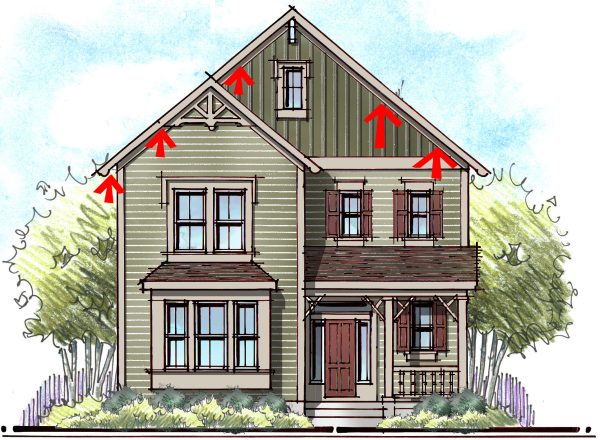
A Prairie-style home may have low pitched hip roofs, but also has broad overhangs, which will subject the entire roof to uplift.
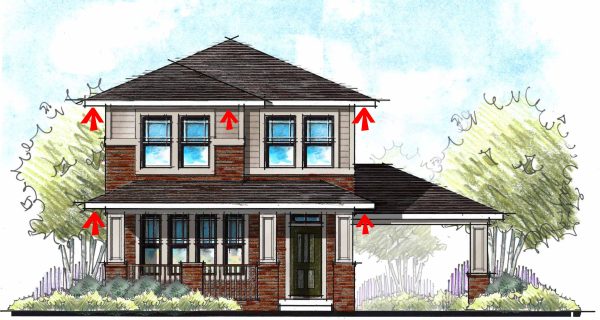
Connectors
Connectors play a huge role in keeping the entire structure together. The walls need to be connected to the foundation. This was what was missing in the Wizard of Oz when Dorothy’s house landed on the witch.

The roof also needs to be firmly connected to the walls.
Windows
Windows can be the weak link in the exterior. Windows are also subjected to flying debris from the high winds. In high wind-debris zones, window protection is required or at least impact/laminated glass. Once a window is broken, the entire structure becomes vulnerable as the winds try to blow the house apart from the inside out.
Storm Surge
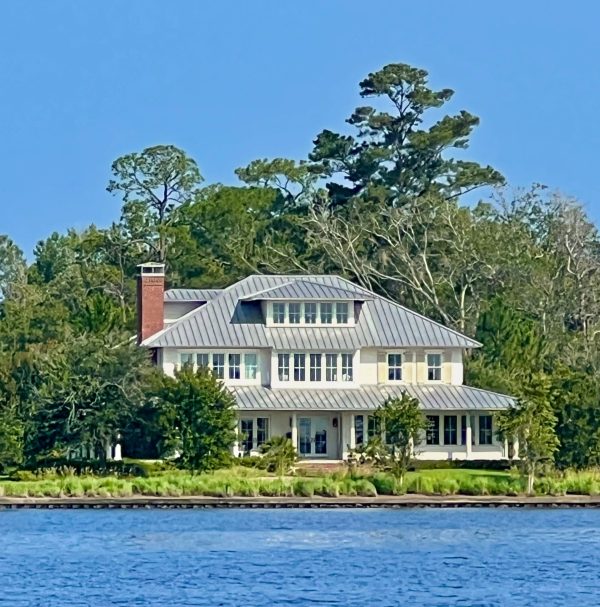
Last week tropical storm Debby created storm surge at Fort Myers, Florida. This happens when the storm pushes the waters of the gulf onto shore. This is worse than flooding, as the water has a higher pressure and the structure is subject to wave action. The first safeguard to storm surge is an elevated first floor. FEMA has flood maps that dictate the minimum finish floor.
If the home is elevated two to three feet above existing grade, a stem wall foundation and slab on grade may suffice.
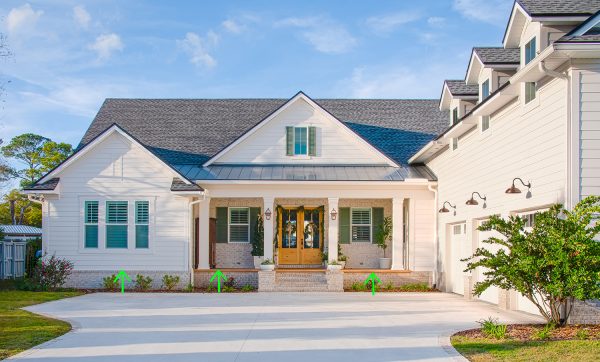
But areas prone to higher levels of storm surge will need not only a raised finished floor but a foundation that will allow the water to flow through. Think raised floor on piers where the structure can resist the lateral loads with vents or lattice below allow the water to flow underneath the home.
Flooding
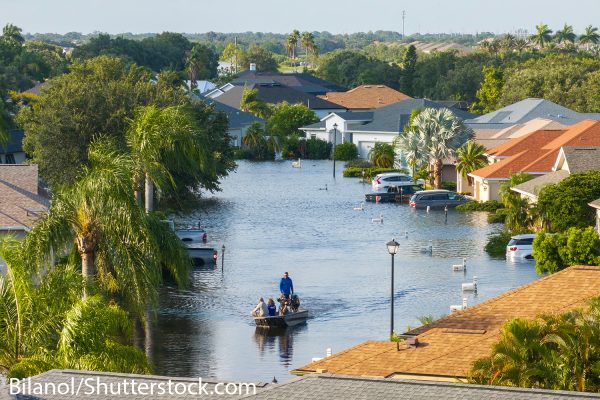
Lastly, there are flooding concerns. Flooding may happen a long way inland from the coast. Such was the case when my son was attending school in Asheville, NC when hurricane Ivan came ashore at the Florida panhandle. The storm eventually reached him in western North Carolina with flooding rain. He experienced a loss of power due to down trees and the local Biltmore Village had over four feet of water in all the shops and restaurants.
Building Materials
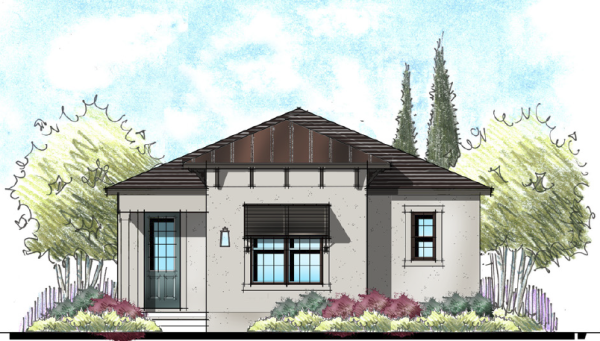
Probably the most hurricane-resistant exterior finish is stucco on concrete block. Any applied finishes like siding or even roof tiles rely on nails and connectors to keep them in place. During a recent hurricane that passed offshore in Jacksonville, I could hear the siding rattling on the side of my wood framed walls – very unsettling.
Concrete roof tiles are popular in South Florida, but they become projectiles without proper anchoring. Even fiberglass roof shingles, which are nailed and glued, come up in high winds.
Lastly, I would recommend spray foam insulation applied to the underside of the roof deck. Ventilated attics have the potential to not only create uplift during a storm, but the also allow water to be blown in the ridge vents.
If you live in the Southeastern part of the United States, hurricanes are a fact of life that we must deal with every year. Occasionally, these storms can become devastating to the point that a building cannot withstand the wind, storm surge, or flooding – by which point residents will hopefully have evacuated well beforehand. However, modern construction and improved building codes have made our houses more resistant to hurricanes than ever before.
Categorized in: Uncategorized
This post was written by Housing Design Matters


